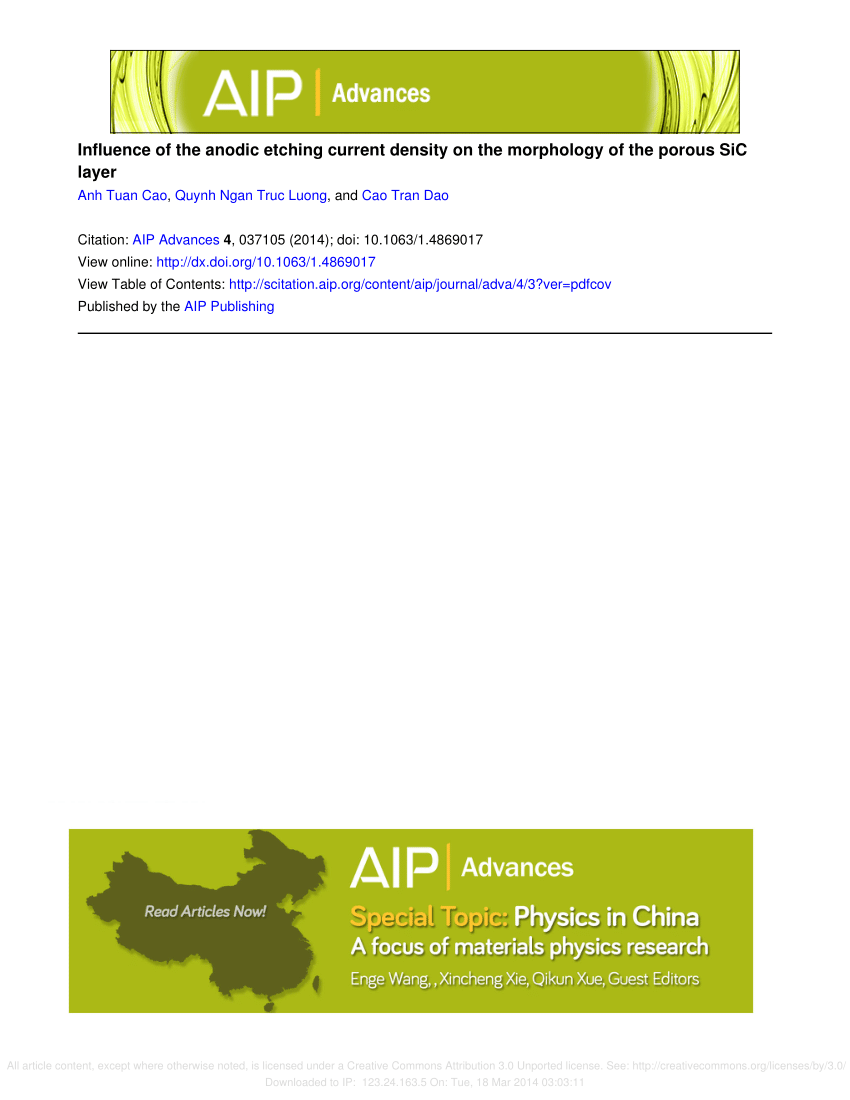MTe2(M = Cr、V 和 Fe)单层纳米带的电子结构和磁性
IF 1.4
4区 物理与天体物理
Q4 MATERIALS SCIENCE, MULTIDISCIPLINARY
引用次数: 0
摘要
受具有明确原子精确边缘的过渡金属二掺杂纳米带制备技术的启发,我们研究了 MTe2(M = Cr、V 和 Fe)单层纳米带的稳定性、电子结构和磁性。计算结果表明,所有三种类型的单层都能形成结构稳定的之字形(ZNR)和扶手椅形(ANR)纳米带,它们会显著改变单层薄膜的性质,如表 I 所示。对于人字形纳米带,CrTe2-ZNR 从非磁性半导体转变为铁磁性金属。VTe2-ZNR 从铁磁性半导体转变为铁磁性金属。FeTe2-ZNR 大多保持了单层的特性。对于扶手纳米带,CrTe2-ANR 表现出铁磁性。导电性与宽度有关。宽度较窄的 CrTe2-ANR 是半导体,而宽度较宽的则是金属。VTe2-ANR 根据宽度的不同表现出铁磁性或铁磁性金属特性。宽度大于 11 的 FeTe2-ANR 仍然是铁磁性金属,而宽度较窄的则不稳定。此外,所有 MTe2 单层纳米带的磁性主要来自 3d 过渡金属原子。这些发现对于基于 MTe2 纳米带的低维自旋电子器件的应用至关重要。本文章由计算机程序翻译,如有差异,请以英文原文为准。
Electronic structures and magnetism of MTe2 (M = Cr, V, and Fe) monolayer nanoribbons
Inspired by the fabrication of the transition metal dichalcogenide nanoribbons with well-defined atomically precise edges, we study the stability, electronic structures, and magnetism of MTe2 (M = Cr, V, and Fe) monolayer nanoribbons. The calculations indicate that all three types of monolayers can form structurally stable zigzag (ZNR) and armchair (ANR) nanoribbons, which significantly alter the properties of the monolayer films, as shown in Table I. For the zigzag nanoribbons, CrTe2-ZNR transitions from a non-magnetic semiconductor to a ferrimagnetic metal. VTe2-ZNR transforms from a ferromagnetic semiconductor to a ferrimagnetic metal. FeTe2-ZNR mostly maintains the characteristics of the monolayer. For the armchair nanoribbons, CrTe2-ANR exhibits ferrimagnetism. The electrical conductivity is related to the width. CrTe2-ANR with narrow width is semiconducting, while wider ones are metallic. VTe2-ANR displays ferromagnetic or ferrimagnetic metallic behavior depending on the width. FeTe2-ANR with widths larger than 11 remains ferromagnetic metal, while with narrow widths are unstable. In addition, the magnetism of all MTe2 monolayer nanoribbons primarily originates from the 3d transition metal atoms. These findings are essential for applications of MTe2 nanoribbons-based low-dimensional spintronic devices.
求助全文
通过发布文献求助,成功后即可免费获取论文全文。
去求助
来源期刊

AIP Advances
NANOSCIENCE & NANOTECHNOLOGY-MATERIALS SCIENCE, MULTIDISCIPLINARY
CiteScore
2.80
自引率
6.20%
发文量
1233
审稿时长
2-4 weeks
期刊介绍:
AIP Advances is an open access journal publishing in all areas of physical sciences—applied, theoretical, and experimental. All published articles are freely available to read, download, and share. The journal prides itself on the belief that all good science is important and relevant. Our inclusive scope and publication standards make it an essential outlet for scientists in the physical sciences.
AIP Advances is a community-based journal, with a fast production cycle. The quick publication process and open-access model allows us to quickly distribute new scientific concepts. Our Editors, assisted by peer review, determine whether a manuscript is technically correct and original. After publication, the readership evaluates whether a manuscript is timely, relevant, or significant.
 求助内容:
求助内容: 应助结果提醒方式:
应助结果提醒方式:


